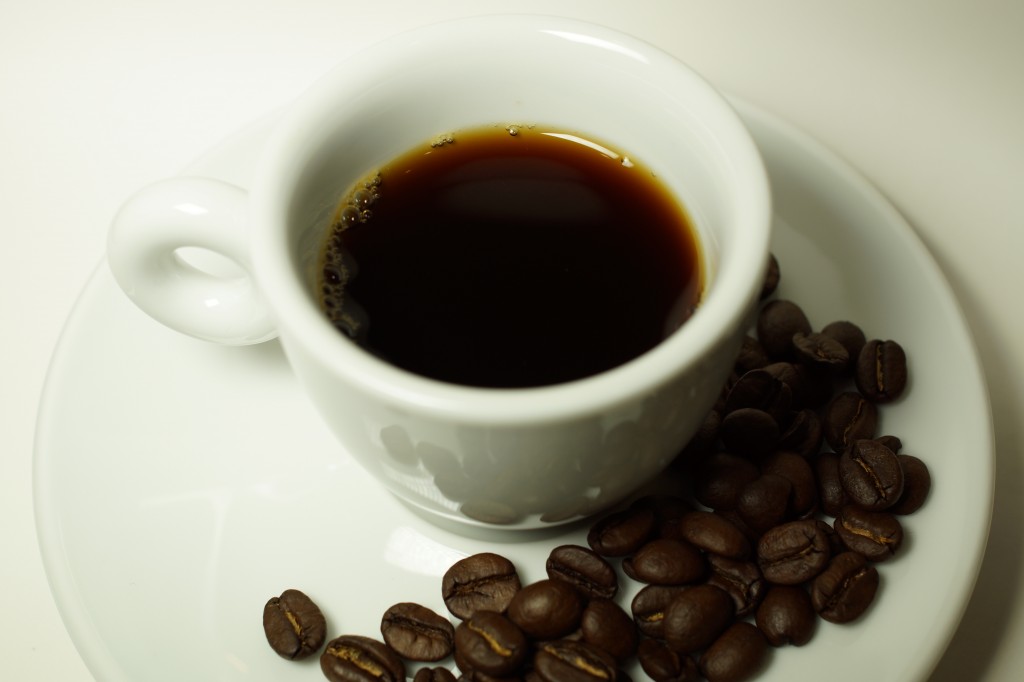Coffee plays an integral part in most student lives. Having a strong cup of coffee helps many pull through an 8:30 a.m. class, or complete a late night assignment. Personally, my addiction to coffee serves as the perfect excuse to explore coffee shops throughout the Plateau on brisk fall days. Over 90 percent of adults consume caffeine everyday. Let’s get to know this benevolent beverage better, and understand its caffeinated grip on our society.
Naturally, McGill students are multi-tasking world conquerors. The McGill lifestyle allows for coffee to be inserted into your study breaks, whether its through Leacock Snax’ bargain deals, or Première Moisson’s artisan java. The recent student strife has even been prompted by coffee, as many McGillians watched their beloved Tim Hortons be replaced by Premiere Moisson’s espresso-late barista bar. Whether you like your coffee artisan brewed, steaming and flavourful, or bitter and black, sometimes you just can’t live without it.
McGill just exhibits a small sample of caffeine zombies; Montreal does a great job fuelling our addiction; it’s a city brimming with cafes. The coffee that we find so frequently comes here from all over the world. In 2009, the top three coffee supplying raw coffee to Canada were Colombia, Brazil, and Guatemala. The top three suppliers of roasted coffee were the USA, Italy, and interestingly enough, Switzerland. The Food and Agriculture Organization of the United Nations, predicts that world coffee consumption will grow by 0.4 percent annually. This type of prediction shows that the import of foreign coffee into Canada won’t slow down in the near future, and may even become more diverse. Our coffee will continue to come mainly from Brazil and Colombia, but other popular importers are Indonesia, Mexico, and Vietnam, which all sport perfect climates for the coffee plant to grow. Coffee even grows very well in Hawaii, because volcanic soil is nutrient rich, perfect for crop production. Exotic bean locations are huge on the Montréal radar, and we will certainly be seeing a lot of foreign flavours in the future.
If you’re a true McGill coffee connoisseur, you should be aware about all the hip new ways to brew your exotic Indonesian java. Pour over coffee brewing is one of the most up-and-coming ways to get your fix. It involves a pour over brewer, and a pour over brewing kettle. This type of method is basically a manual drip brew. The kettle you’re using must have a long thin spout to allow for even pouring so all of your grounds get hot water passed through them correctly. Often, coffee shops that use this method make it into a performance, setting up the brewer right in front of you so you can watch your coffee slowly distill. There are about 15 different ways to brew pour over coffee, and all of them come with interesting contraptions and methods.
If you’re fine to just use your “one cup coffee maker” for morning brews, perhaps you are more interested in making some coffee flavoured recipes. Cocktail ice pops have become popular over the summer. Here’s a great Baileys cocktail ice pop recipe, for the few days left before winter.
½ cup Heavy Cream
1 ½ cups 2% Milk
3 tablespoons instant coffee
2 tablespoons whole cane sugar
½ teaspoon pure vanilla extract
Pinch of sea salt
2 ounces Baileys Irish Cream
Bring all ingredients (excluding Bailey’s) to a simmer in a saucepan. Stir, and remove from heat when well combines. Transfer to a container and place in the fridge for about 1 hour until cool. Remove from fridge and mix in the Bailey’s Irish Cream. Pour poptail mixture into pop molds. Add the stick, and Freeze overnight.
If your fancy leans towards more gooey treats, Fudgy Coffee Brownies could be a great Sunday afternoon project:
2 sticks unsalted butter
5 ounces unsweetened chocolate
2 tablespoons instant espresso powder
2 cups sugar
1 teaspoon pure vanilla extract
5 large eggs
1 cup all purpose flour
1 tablespoon cinnamon
½ teaspoon salt
Preheat oven to 305 degrees F with rack in the middle. Butter and flour a 13 by 9 inch baking pan. Melt butter and chocolate with espresso powder in a 3-quart heavy saucepan over low heat, whisking until smooth. Remove from heat and cool to lukewarm. Whisk in sugar and vanilla. Whisk in eggs 1 at a time until mixture is glossy and smooth. Whisk together flour, cinnamon, and salt, then whisk into chocolate mixture. Spread batter in pan and bake until a wooden pick inserted in center comes out with crumbs adhering, 25 mins to 30 mins. Cool completely before cutting.
Here you have it- two recipes, hot and/or cold, to enjoy some coffee buzz, plus a new brewing technique for all the coffee connoisseurs out there. Happy brewing, McGill!
Update (Nov 6, 3:30 P.M.): An older version of this article misspelled the country Colombia as “Columbia.”








